Rare Apollo mission moon rock back in Cyprus after 50 years
The 1.1 gram piece of moon rock was on display Thursday at an exhibition commemorating the 50th anniversary of the last of the U.S. Apollo lunar landings.
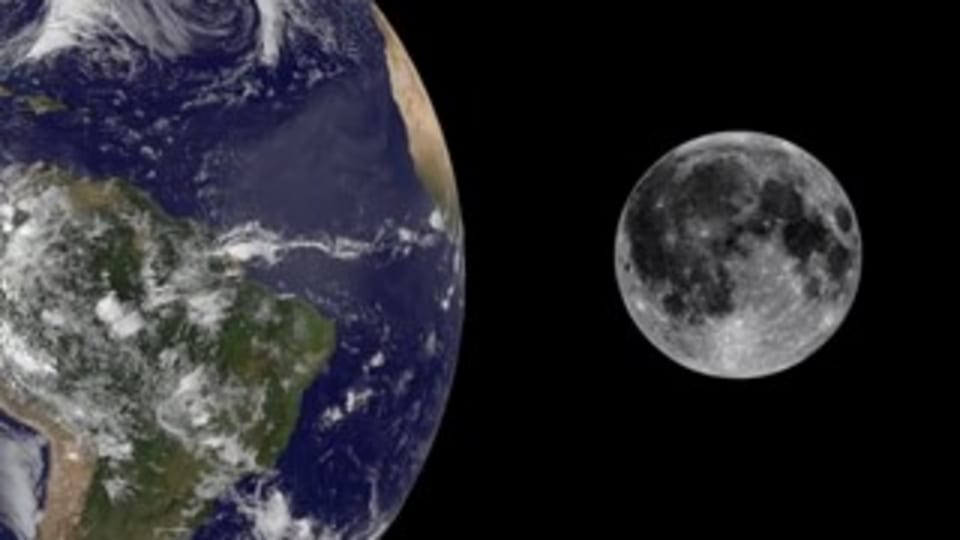
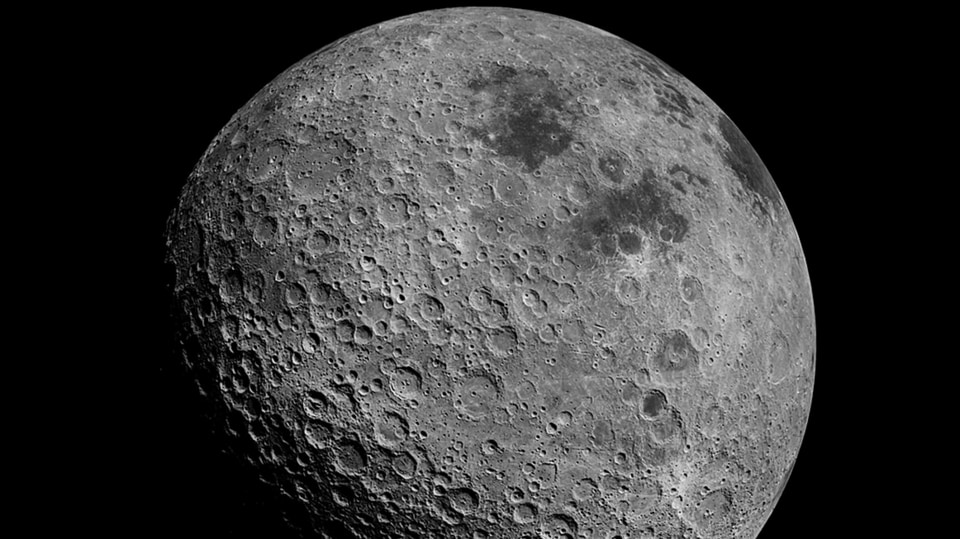
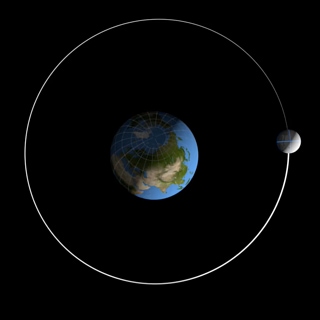
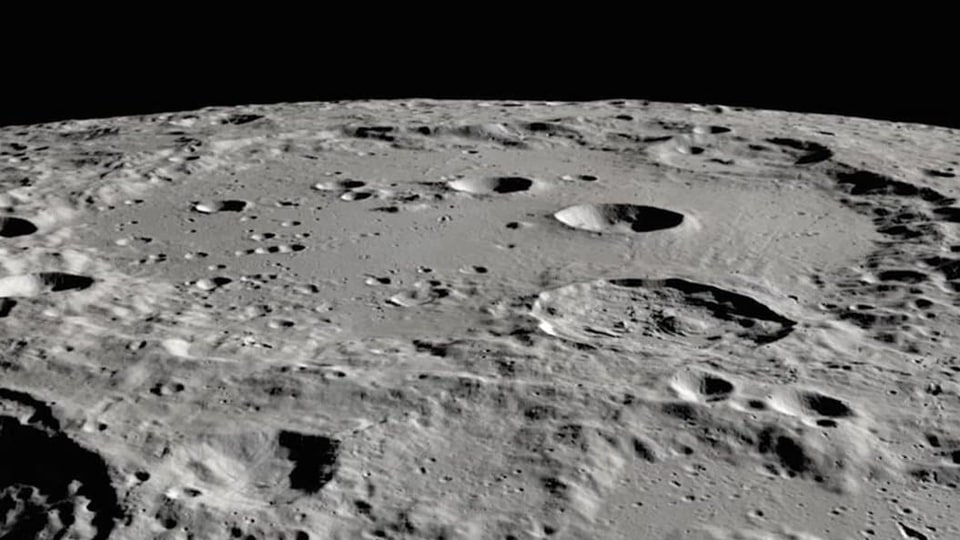
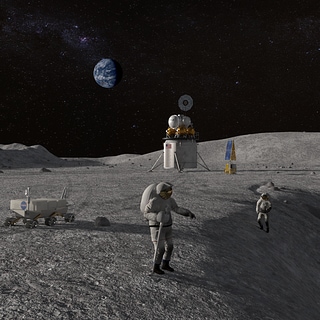

 View all Images
View all ImagesHalf a century after U.S. astronauts brought it back from the moon's surface, a minute piece of extraterrestrial rock has finally reached its intended destination, the east Mediterranean island nation of Cyprus.
The 1.1 gram piece of moon rock was on display Thursday at an exhibition commemorating the 50th anniversary of the last of the U.S. Apollo lunar landings, and the Artemis mission — whose Orion capsule is on its way back to Earth after orbiting the moon.
“We have the moon rock, which we feel is perfect timing because it's 50 years after it was brought to Earth,” said George Danos, president of the Cyprus Space Exploration Organization which is hosting the exhibit.
The lunar sample is encased in a plastic globe with an attached plaque underneath a small flag of Cyprus that reads: “This fragment is a portion of a rock from the Taurus Littrow valley of the Moon. It is given as a symbol of the unity of human endeavor and carries with it the hope of the American people for a world at peace.”
That echoes the words of Apollo 17 astronaut Eugene Cernan, who said the rock would be a “symbol of what our feelings are, what the feelings of the Apollo program are, and a symbol of mankind, that we can live in peace and harmony in the future.” Apollo 17 closed out the moon program, with the three astronauts returning to Earth on Dec. 19, 1972.
It was one of 270 such lunar samples brought back from moon missions in 1969 and 1972 that the Nixon administration gave as gifts to foreign countries.
But the item vanished as Cyprus reeled amid war and internal strife in 1974, the year U.S. Ambassador to Cyprus Rodger P. Davies was assassinated.
It was eventually returned to NASA in the U.S. and locked up in a vault. It finally made its return to Cyprus through the efforts of Danos and will be officially handed over to the Cypriot people during a Dec. 16 ceremony at the presidential palace.
Joseph Gutheinz, a University of Arizona instructor and a former investigator for NASA who has been tracking down missing moon rocks, had told The Associated Press that the Cyprus moon sample was taken by a relative of a U.S. diplomat who had been posted to the U.S. Embassy in Nicosia at the time.
Gutheinz said that in 2009 he put pressure on the individual with the rock to “do the right thing” and return it to NASA, which he did after a five-month-long negotiation.
Many lunar samples gifted to other nations have been stolen, destroyed or have gone missing, Gutheinz said.
Catch all the Latest Tech News, Mobile News, Laptop News, Gaming news, Wearables News , How To News, also keep up with us on Whatsapp channel,Twitter, Facebook, Google News, and Instagram. For our latest videos, subscribe to our YouTube channel.





























